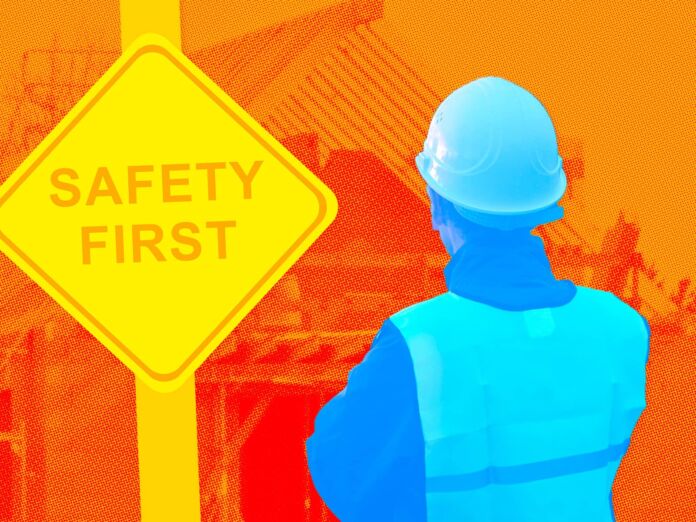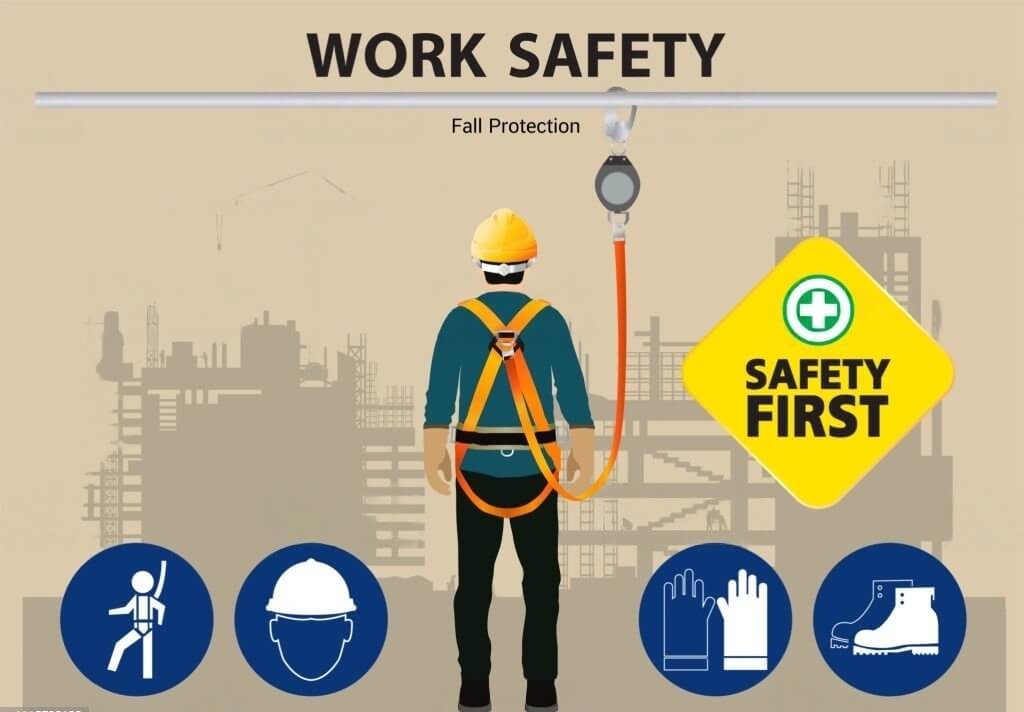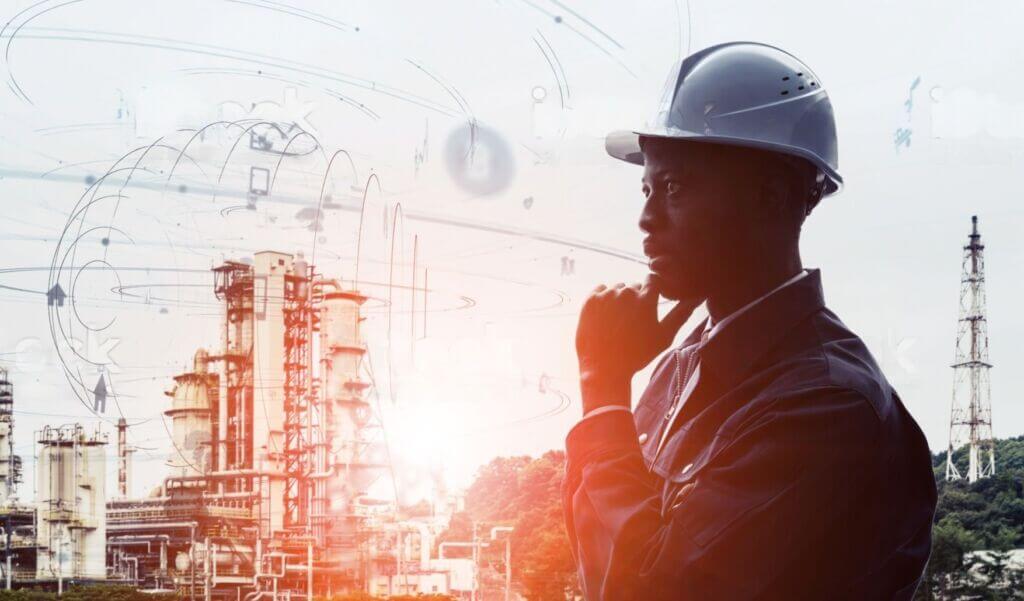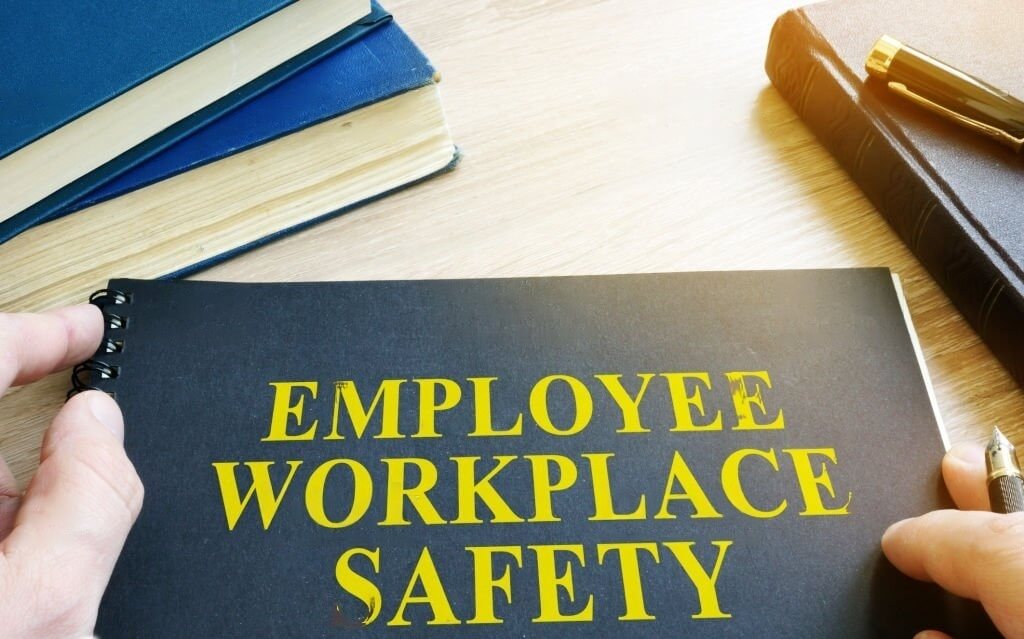
A safe work environment is an absolute necessity and prerequisite for any successful business. One might assume that in an increasingly advanced world that is so technologically driven, workplace safety has become straightforward, instinctive, and seamlessly integrated into all types of work environments. However, that is far from reality. Even with the dawn of the digital revolution, many workplaces have failed to adapt to the best latest practices. Traditional safety practices, manual processes, and regulatory compliance checks are riddled with human error, limitations, and inefficiencies.
“Traditional safety practices, manual processes, and regulatory compliance checks are riddled with human error, limitations, and inefficiencies.”
Outdated safety practices translate to safety incidents, which implicate loss of life, disabling injuries, financial liabilities, downtimes, lawsuits, and many other direct and indirect costs. As per a report from the National Safety Council (NSC) it is estimated that over 70,000,000 days were lost due to work-related injuries in 2021 while the total cost of work-related injuries was $167.0 billion.

Improving Workplace Safety
Enter Artificial Intelligence (AI). AI is an industry-shaping force that is disrupting traditional models and is quickly becoming an indispensable asset for Environment, Health, and Safety (EHS) professionals, fostering safer and more secure working conditions across industries.
AI is a complex and multifaceted field, drawing its foundations from various domains like logic, statistics, cognitive psychology, decision theory, neuroscience, linguistics, cybernetics, and computer engineering. A significant part of AI is Machine Learning (ML), a sub-discipline of AI that has spearheaded the creation of many practical applications. Among these, one that stands out due to its far-reaching impacts is Computer Vision, also known as Vision AI which is slowly transforming workplace safety.
Vision AI
With its vast applications, from monitoring safety protocols to detecting potential hazards, Vision AI offers a proactive, real-time solution to workplace safety, turning it from a challenge to an opportunity for businesses.

The realms of workplace safety and technology are inextricably linked, with digital tools playing an ever-increasing role in the upkeep of safe and productive work environments. From humble Excel spreadsheets to comprehensive EHS software suites, a majority of EHS professionals rely on various technological solutions to streamline operations, safeguard workers, and optimize their time and effort.
However, the innovative form of technology, known as Vision AI, is dramatically reshaping workplace safety standards. It’s becoming a game-changer for EHS professionals, simplifying their roles and significantly enhancing the implementation of safety measures.
How Does Vision AI Work
Vision AI operates on a concept that is quite similar to how we humans learn to recognize objects. Just as we learn by observing various objects under different conditions, Vision AI is trained to recognize specific items of interest amidst other objects in a frame.
This training process involves feeding the AI model with thousands of images captured under diverse conditions, reflecting real-world complexities. This intensive training ensures that the model can accurately identify these objects. Once ready, the AI scrutinizes every frame of a video feed, hunting for these objects for detection and analysis. It’s a process that combines sophisticated technology with our everyday way of learning, making Vision AI a marvel in the realm of workplace safety.
Let’s explore how Vision AI effectively enhances workplace safety, keeping employees secure while ensuring compliance with safety regulations.
Safer Work Environments with Vision AI Monitoring
An essential component of a safe workplace is a healthy environment that meets established safety standards. Ensuring this often involves monitoring multiple parameters including air quality, noise levels, temperature, and radiation levels, among others. Traditional monitoring methods could involve time-consuming processes and potential human error. Vision AI fills this gap with advanced, intelligent monitoring solutions.
Equipped with real-time analytics, Vision AI can seamlessly track and report deviations from safe thresholds across diverse environmental parameters. It continuously scans the workplace environment, delivering real-time updates and prompting immediate interventions when safety thresholds are breached.
This advanced environmental monitoring ensures the creation of a healthier, safer work ecosystem that protects both the human resources and the infrastructure of a business. From factories and construction sites to corporate offices and hospitality establishments, Vision AI’s environmental monitoring capabilities ensure a safer work environment for all.
Proactive Hazard Detection & Accident Prevention
Despite the best precautions, workplaces can be vulnerable to accidents. From chemical spills in factories to electrical short-circuits in offices, potential hazards lurk in every corner. Early detection and prevention of such hazards are critical to maintaining workplace safety. This is where Vision AI comes in as a game-changer.
Vision AI’s real-time detection capabilities allow for instant identification of potential hazards, such as gas leaks, chemical spills, and smoke or fire. The system’s intelligent algorithms can identify subtle changes that might be overlooked by human surveillance, triggering immediate alerts that enable rapid response to potential threats. By providing proactive hazard detection, Vision AI mitigates damage and prevents accidents, ensuring a safer work environment across sectors.
Employee Health & Safety Standards

Vision AI’s transformative role extends beyond ensuring a safe environment. It also plays a significant role in upholding employee health and safety standards. This includes Monitoring the proper usage of Personal Protective Equipment (PPE), an essential safety measure across many industries.
Vision AI can detect potential slip-and-fall incidents in real-time, triggering immediate alerts for a swift response. Its capabilities also include monitoring employees’ physical conditions, including body temperature, fatigue levels, and even posture during labor-intensive tasks. Ensuring correct posture can prevent potential ergonomic injuries, a common concern in industries involving physical labor. Any safety or health violation triggers immediate alerts, enabling swift intervention and preventative action.
Vision AI: Championing Compliance and Security
Safety compliance and workplace security are fundamental aspects of maintaining a safe work environment. With Vision AI, businesses can ensure that safety rules and regulations are adhered to diligently. Vision AI aids in monitoring restricted zones for authorized access, ensuring that only approved personnel have entry, thereby bolstering security.
In addition to this, Vision AI can track compliance with specified safety protocols, such as “no smoking” rules or hygiene standards. It also facilitates occupancy metrics monitoring, a critical component for maintaining social distancing norms in today’s work environment. Essentially, Vision AI serves as a comprehensive solution to ensuring safety compliance and enhancing security measures across various industries.
Clear Advantages
Unwavering vigilance, high accuracy, immunity to fatigue or stress. A pivotal advantage of AI is its imperviousness to human limitations such as stress, exhaustion, or illness. In essence, AI significantly mitigates the impact of human factors on workplace safety.
Human factors often heavily influence the safety quotient of a workplace, with fatigue and stress being significant contributors to accidents. Yet, with the incorporation of Vision AI, this risk is remarkably reduced. Further, unlike humans, AI is capable of maintaining consistent performance levels regardless of the time of day or the length of operation. This ensures constant, uncompromising surveillance of safety measures. Additionally, AI can analyze large volumes of data swiftly and accurately, providing insights and alerts that can help prevent accidents even before they occur, a feat challenging for human capabilities alone.
Vision AI’s promise lies not just in minimizing risks and reducing accident-related costs, but also in nurturing a safety-conscious culture that prioritizes the well-being of every employee. Indeed, Vision AI serves as an ally to EHS professionals, enhancing their capabilities and enabling them to foster safer, more productive work environments. If you’re intrigued by the potential of Vision AI in transforming workplace safety and are considering it for your organization, you’re already on the path toward a safer future.
Tweet
Share
Share
- Artificial Intelligence
- Health and Wellness
- Predictive Maintenance
- Preventative Maintenance
- Quality Management
- Artificial Intelligence
- Health and Wellness
- Predictive Maintenance
- Preventative Maintenance
- Quality Management
